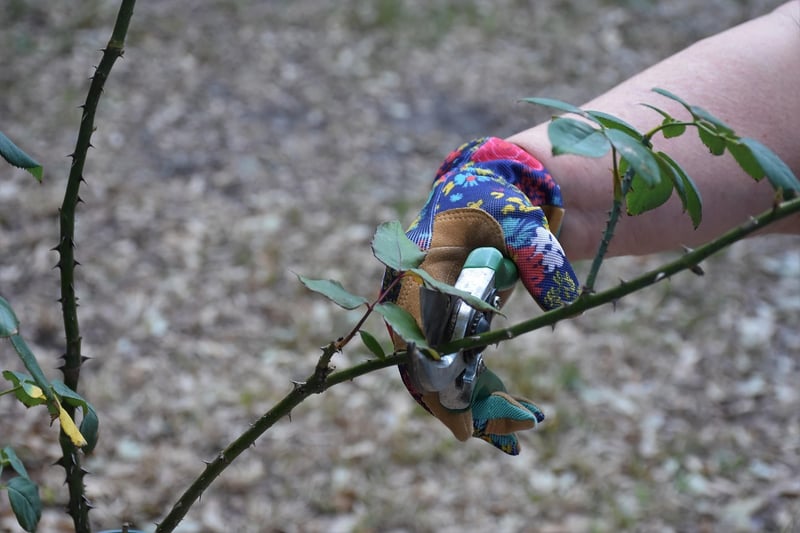Pruning Techniques
Essential Care Practices and Pruning Techniques for Healthy Plants
Introduction
Proper care practices and pruning techniques are essential for maintaining the health and vitality of your plants. Whether you are a seasoned gardener or just starting out, understanding the basics of plant care and pruning can help you ensure your plants thrive and flourish. In this article, we will discuss some essential care practices and pruning techniques to keep your plants in top condition.
Essential Care Practices
Before delving into pruning techniques, it's crucial to establish a solid foundation of care practices for your plants. Here are some essential tips to keep in mind:
- Watering: Ensure your plants receive adequate water based on their specific requirements. Overwatering or underwatering can both be detrimental to plant health.
- Light: Place your plants in locations where they can receive the right amount of sunlight. Different plants have varying light requirements, so be sure to research each plant's needs.
- Fertilization: Provide your plants with the necessary nutrients through regular fertilization. Choose a fertilizer that is suitable for the type of plants you are growing.
- Monitoring: Keep an eye out for any signs of pests, diseases, or nutrient deficiencies. Promptly address any issues that may arise to prevent them from affecting the overall health of your plants.
Pruning Techniques
Pruning is a vital aspect of plant care that involves removing specific parts of a plant to promote growth, improve structure, and enhance overall health. Here are some common pruning techniques:
- Deadheading: Removing spent flowers encourages new growth and prolongs the blooming period of flowering plants.
- Thinning: Removing excess growth helps improve airflow and light penetration within the plant, reducing the risk of disease.
- Heading back: Cutting back the tips of branches promotes bushier growth and can help shape the plant.
- Rejuvenation pruning: Cutting back old or overgrown plants to stimulate new growth and rejuvenate the plant.
Conclusion
By implementing these essential care practices and pruning techniques, you can help your plants thrive and flourish. Remember to tailor your care routine to the specific needs of each plant and observe how they respond to different treatments. With proper care and attention, you can enjoy healthy and vibrant plants in your garden or indoor space.
For more information and resources on plant care and pruning techniques, visit Gardening Know How.


